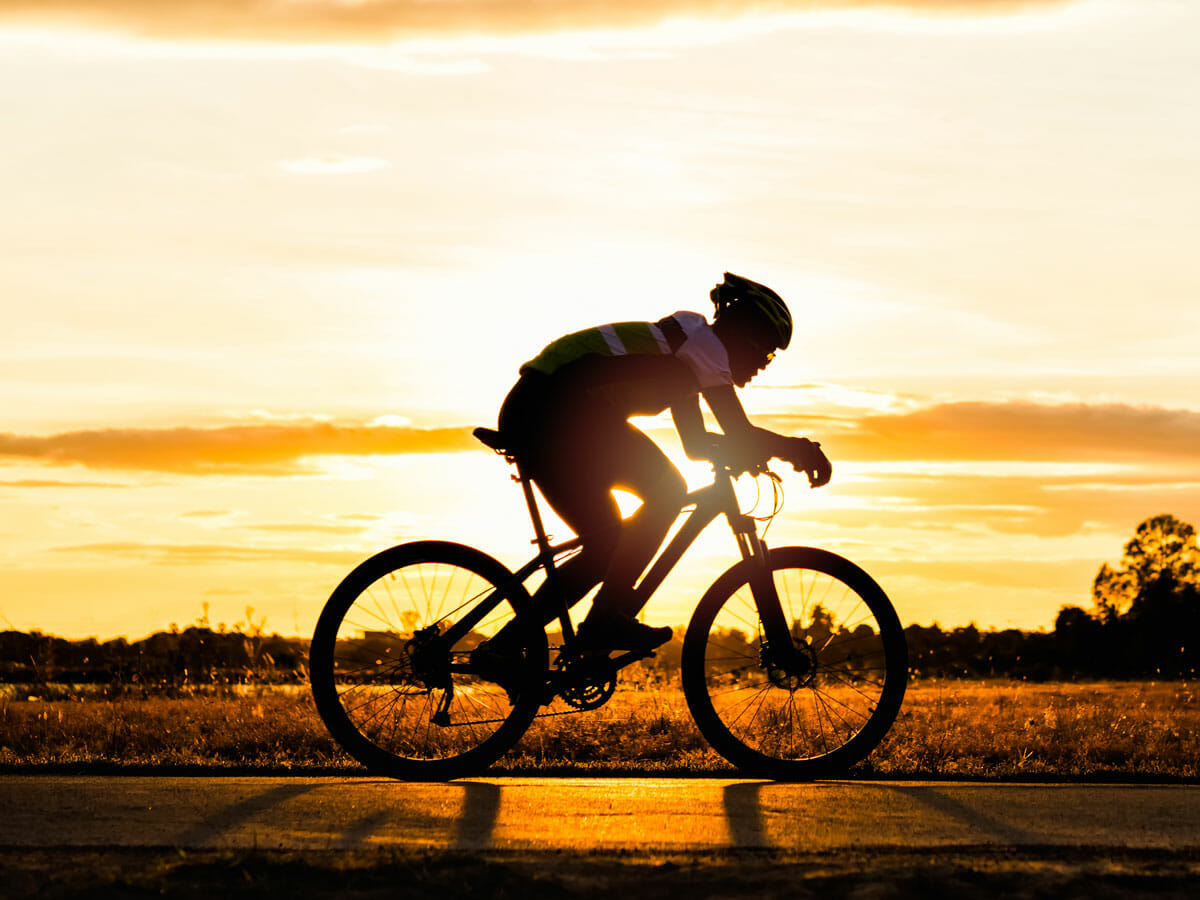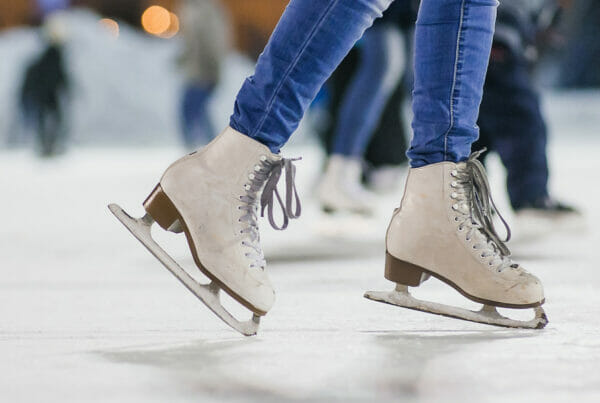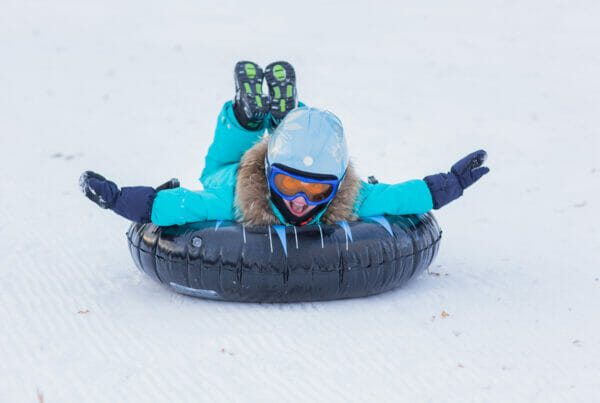Cycling is a very popular activity in the state of Utah that is continuing to grow in popularity. Not only is cycling a great recreational activity, but it can also be an incredible form of exercise. Cycling allows for joints to move with less stress and impact on the body. There are a couple of things to be aware of prior to getting into cycling, and things to remember for those who have been cycling for years.
A Physical Therapist's Guide to Biking as Exercise
As the weather starts to warm up, like many cyclists, I am looking forward to the prime outdoor riding season. As a physical therapist and avid recreational cyclist, I have learned a few things to help make sure I have a successful, enjoyable, and pain-free year of riding:
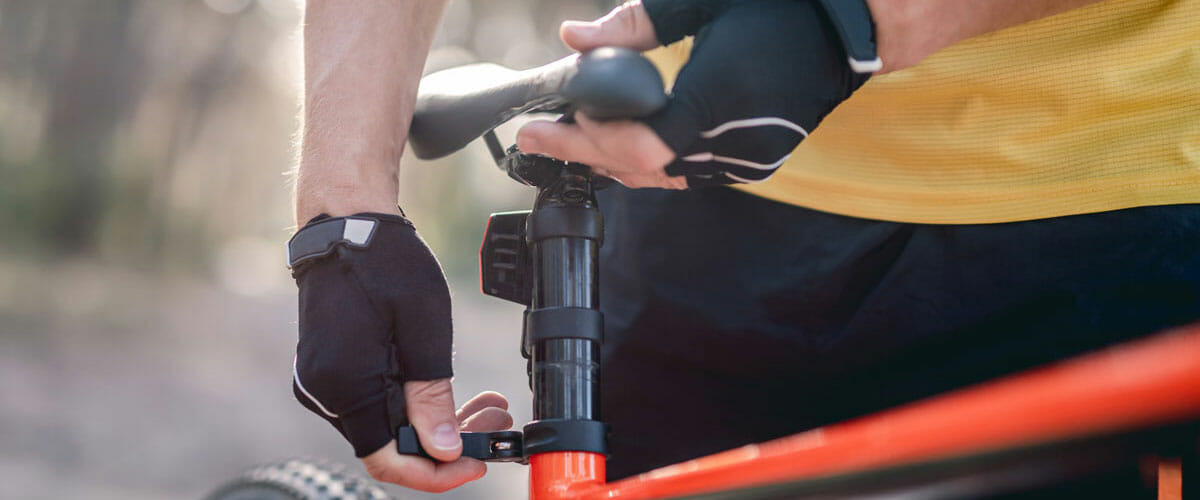
Type of Bike
Make sure that you have the appropriate bike for the type of riding that you would like to be doing. Mountain, cross, road, hybrid, aero, gravel, and recumbent are all different types of bikes that are created for different purposes and types of riding. Having the right bike will make all the difference in what your goals are and what type of riding you are hoping to do.
Bike Fit
One of the most important things is having your bike fit properly for you. I recommend a professional bike fit for a few occasions: if you are starting out cycling, purchasing a new bike, increasing your training, changing components, or have started noticing pain while cycling. A local bike shop can be helpful in connecting you to a professional bike fitter. A professional bike fit can make some comprehensive changes and adjustments to your bike, however, it is helpful to know a few basics of how your bike should fit:
- Bike seat height: having your bike seat at the right height minimizes the risk of injury and can help you cycle faster and more efficiently. At the ideal seat height, your knee should be slightly bent at the bottom of your pedal stroke. If your seat is too high you may notice you need to fully straighten your knee, point your toes, or rock your hips side to side to allow you to pedal. If your seat is too low you may need to bend your hips and knees too much and will not be able to pedal as efficiently or with as much force.
- Handlebar position: handlebars should be in a position where riders can put a portion of their weight through their hands and the shoulders and neck should feel relaxed when a rider is leaning forward on their handlebars. A handlebar too high, low, or too far of a reach may cause increased shoulder tension, neck tension and pain, and changes in the back position. If your handlebars allow, frequently changing your hand position while riding can reduce strain on your arms and neck.
Having a properly fitting bike is one of the best things that you can to do protect your body while cycling. There are a couple of things that you can keep in mind when setting up your bike.
- You want to make sure that your knee has a slight knee bend when you are fully extended.
- Don’t allow your knee to be fully straight, or bent when all the way down.
- Make sure that you aren’t overly extended through your upper body and that you aren’t reaching forward onto your hands.
- As you are pedaling, your hips should remain level on the seat, and you should not have side-to-side movement when watching from behind.
- Have a friend watch you when you ride to see how you are sitting.
- A professional bike fit is a great option for those who are getting more serious about biking, and you can talk to your local bike shop which can get you in touch with someone who can help to fit your bike.
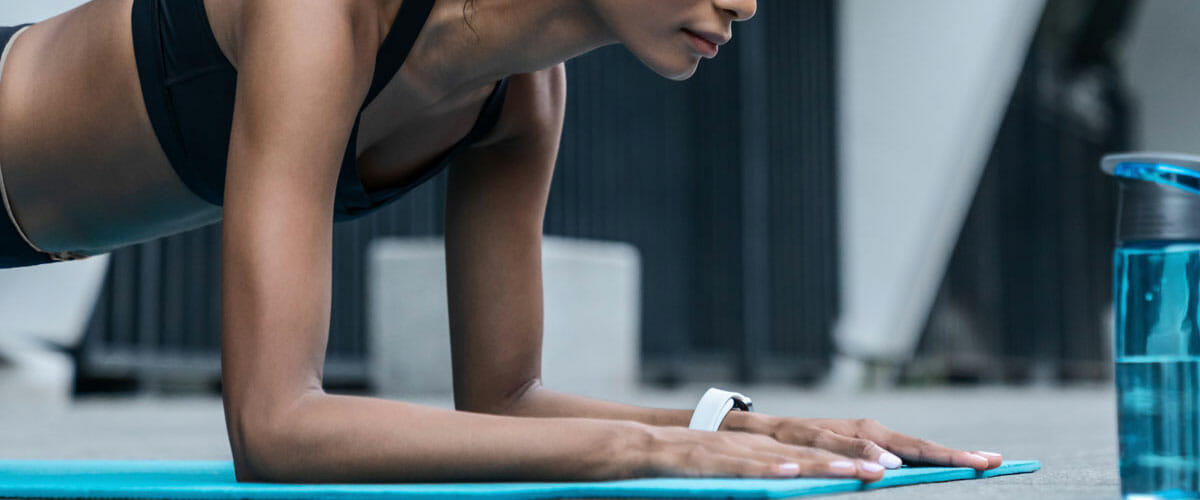
Training Load
Make sure that you come up with an appropriate program for increasing your training load. Appropriate rest and gradual increase in pace and distance are important in order to not overload your body too quickly. If you are training for an event, then you need to make sure that you take your time in order to prevent possible injuries.
Make sure to ride enough to optimize your cycling for your goals, while allowing proper time for rest and cross-training. If you are new to cycling I usually recommend starting with riding 2-3 days a week, while more experienced cyclists may aim for 5-6 days a week. More experienced cyclists should look to have some variability in where they are riding including alternating longer and shorter distances, interval training, and a variety of terrain.
As with all sports, our body needs time to rest. Even advanced cyclists should have 1 or 2 days a week where they “rest” from cycling. Rest days may be a good opportunity to participate in another activity such as hiking, walking, or strength training as cross training. I especially recommend core and hip strengthening with movements that vary from the typical straight forward and backward movements emphasized in cycling. Examples include planks, side planks, bridges, lunges, lateral lunges, side steps, and clamshells. Cross training can encourage a variety of movements and can smooth out muscle imbalances caused by only exercising one way, which in turn can reduce the risk of pain and injury.
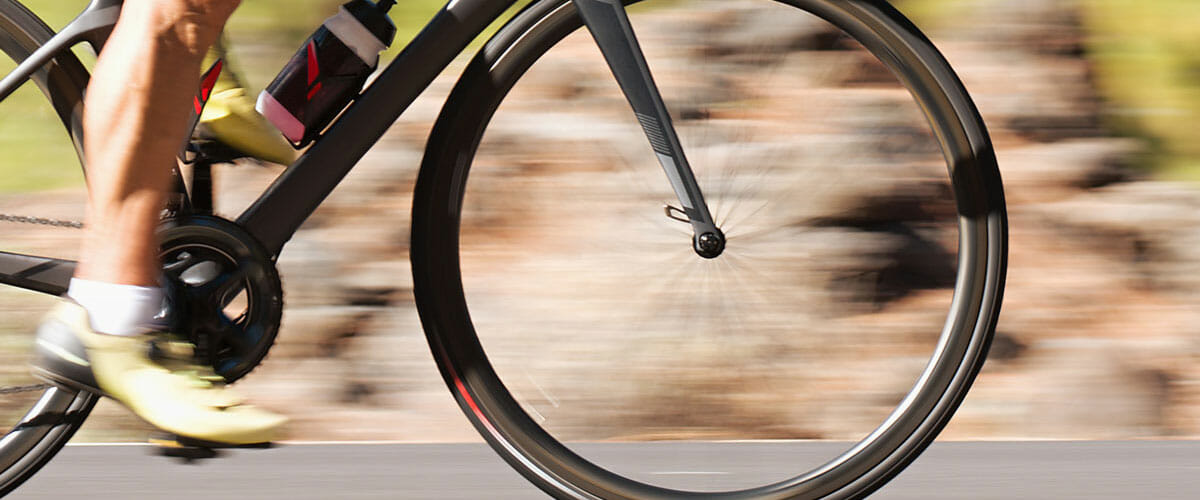
Cadence
Cadence refers to the number of revolutions per minute of the pedals. While cadence will vary based on the experience of the rider, targeted speed, and type of cycling, most cyclists should aim to have their gearing set to allow for low to moderate resistance that allows for cycling at 75-90 revolutions per minute. When going up a hill, make sure to change your gearing to allow for you to continue to cycle at 60-80 revolutions per minute. Too high of a cadence can result in reduced control, more bouncing on the bike seat, and reduced efficiency. Cycling with a low cadence and high resistance, nicknamed “mashing,” can put more strain on your muscles and joints and has a higher risk of overuse injuries. This technique also uses fast twitch muscle fibers that generate more force but have lower endurance. This means that cycling with too high of resistance and low cadence can result in lower endurance and can leave you feeling more sore and fatigued after a ride. With lower resistance and a higher cadence, slow twitch muscle fibers are used which generate lower force but have much better endurance so you can pedal longer and more comfortably.
Cadence is the speed at which you are pedaling. Gearing on the bike allows you to keep a higher cadence when pedaling. You want to make sure that you are maintaining a cadence between 90-100 RPMs. Cycling at a higher cadence allows you to continue to work in an aerobic zone which will allow you to ride for longer periods of time with less overall stress on the body.
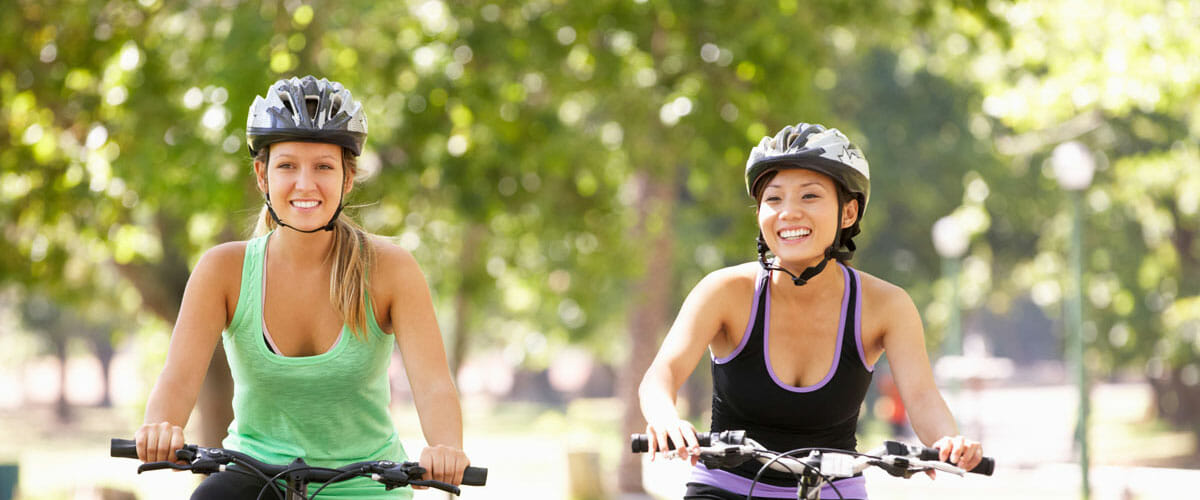
Common Injuries
Common injuries with cycling include Achilles tendonitis, patellar tendonitis, iliotibial band syndrome, elbow pain, hand numbness, low back pain, and neck pain.
As great of an activity as biking can be, there is still an opportunity to get injured as with all activities. Crashes can happen which can lead to injuries such as sprains, fractures, and other skin injuries. Overuse injuries can happen in cycling when the bike fit is not correct or due to several other factors.
Overuse Injuries From Cycling Can Include:
- Knee Tendonitis
- Back/Neck Pain
- Achilles Tendonitis
- Elbow Pain
- Hand Numbness and Tingling Related to Nerve Aggravation.
If you have started to deal with any of these types of issues, don’t hesitate to reach out to one of our great physical therapists. Our physical therapists will be able to assess your strength, body mechanics, and stresses being placed on your body. Once we have been able to identify your limitations, then we will be able to individualize a treatment program for you to address your pain so that we can get you back on the bike.
If you are struggling with pain or numbness on the bike, and especially if you are starting to notice that it carries over into pain while off the bike, please reach out to schedule an appointment with one of our experienced physical therapists who can help you find solutions for your pain and get you back on the road. Best wishes for a healthy and safe riding season!
Written by: Carol Beck, DPT


